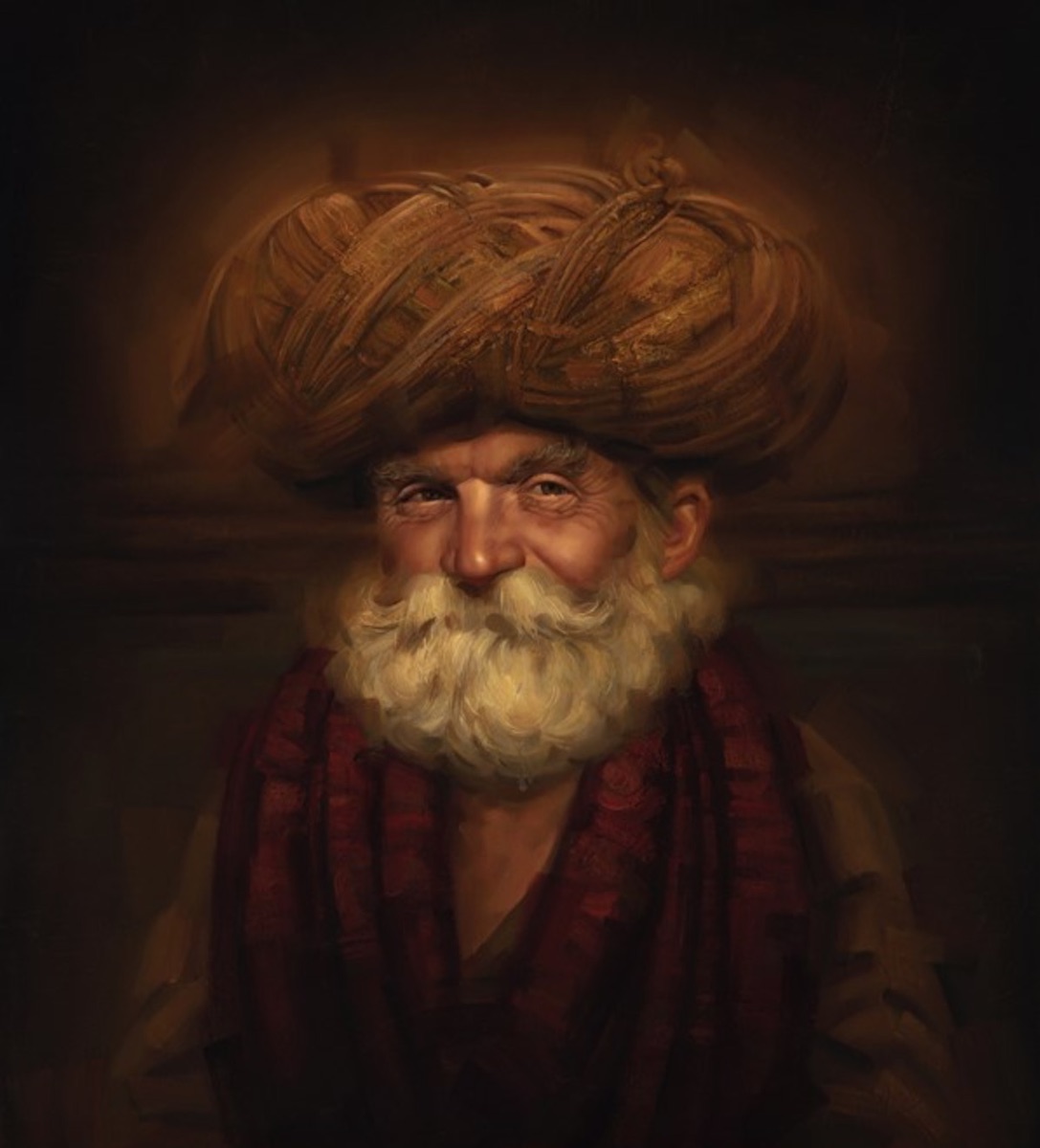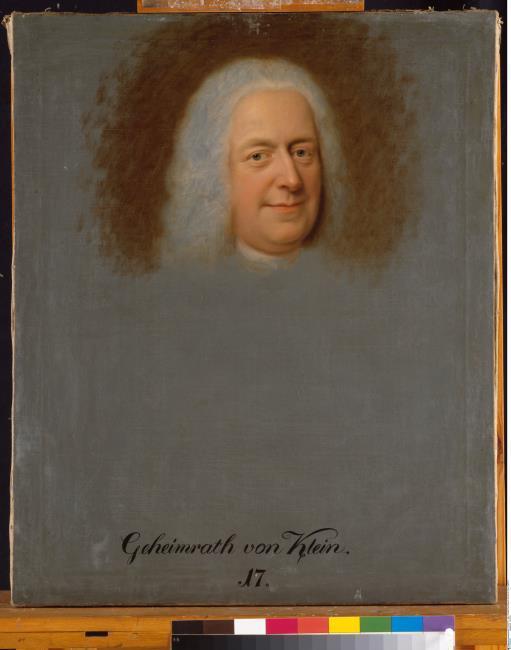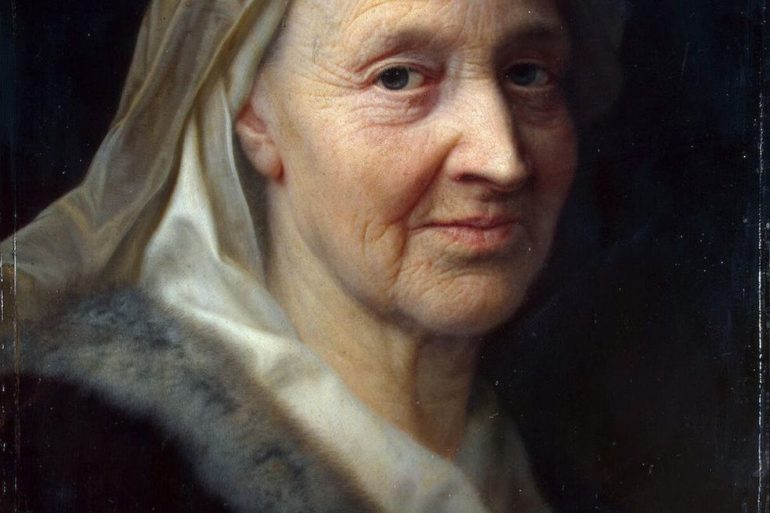
This post is also available in:


An exponent of a modest art form associated with bourgeois circles, Balthasar Denner (1696 – 1749) succeeded in inserting himself in the contexts dominated by German court art of the 18th century thanks to the portraits of elderly people depicted in detail. Born in Antona (the second largest city in Denmark, which was annexed at the time) Balthasar Denner was a German portrait painter who began his career as a miniature painter. As a young man he had an accident that left him crippled for the rest of his life and from which he recovered by drawing and copying the works of Berchem and Bloemaert. He later began to study painting with Franz van Amama and, between his travels around Europe, in 1707 he became a member of the Prussian Academy of Arts in Berlin. When he arrived in London, after showing his “Painting of an Elderly Woman”, he aroused great enthusiasm in the high circles and was sent to the court of Charles VI of Austria, Emperor of the Holy Roman Empire where, in exchange for 600 ducats, he commissioned a portrait of a woman.
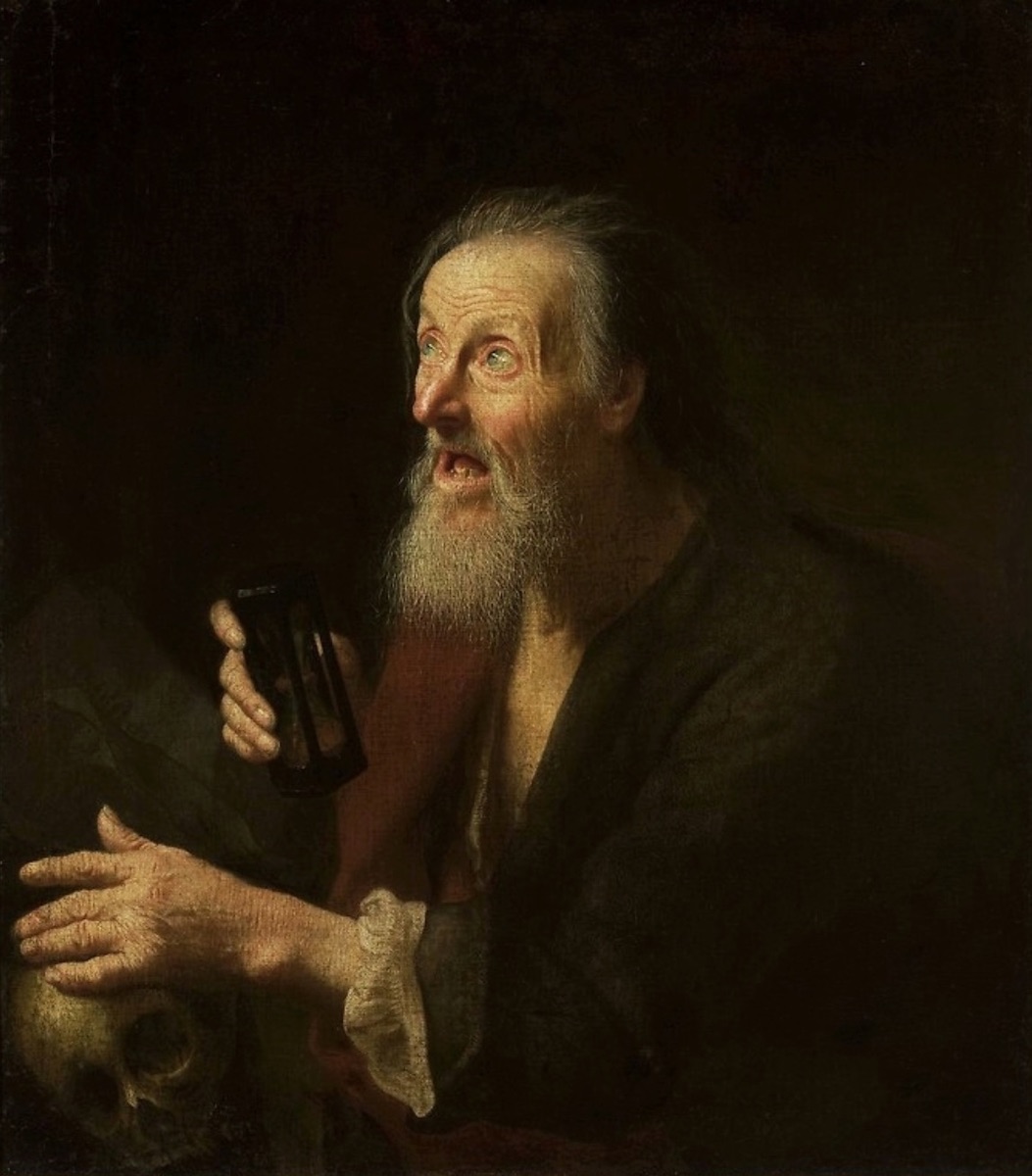
During his life he was a prolific portraitist, well known in all the courts of Europe and when he died in Rostock, Germany, at the age of 63, 46 unfinished paintings were found in his studio. Currently the Staatliches Schwerin Museum has 75 portraits of Denner, while his portrait of Georg Frideric Handel (1733) is at the National Portrait Gallery in London. I came across the works of this artist at the Dallas Museum of Art, Dallas, TX, a few years ago, where I was particularly fascinated by his “Old Man in a Fur-Trimmed Coat” portrait . While studying the artist I discovered other works even more interesting, such as the “Portrait of an Elderly Woman”. It seems that Denner used to focus on facial portraiture, while clothes and accessories were painted by other painters and later, having learned the trade, by his daughter.
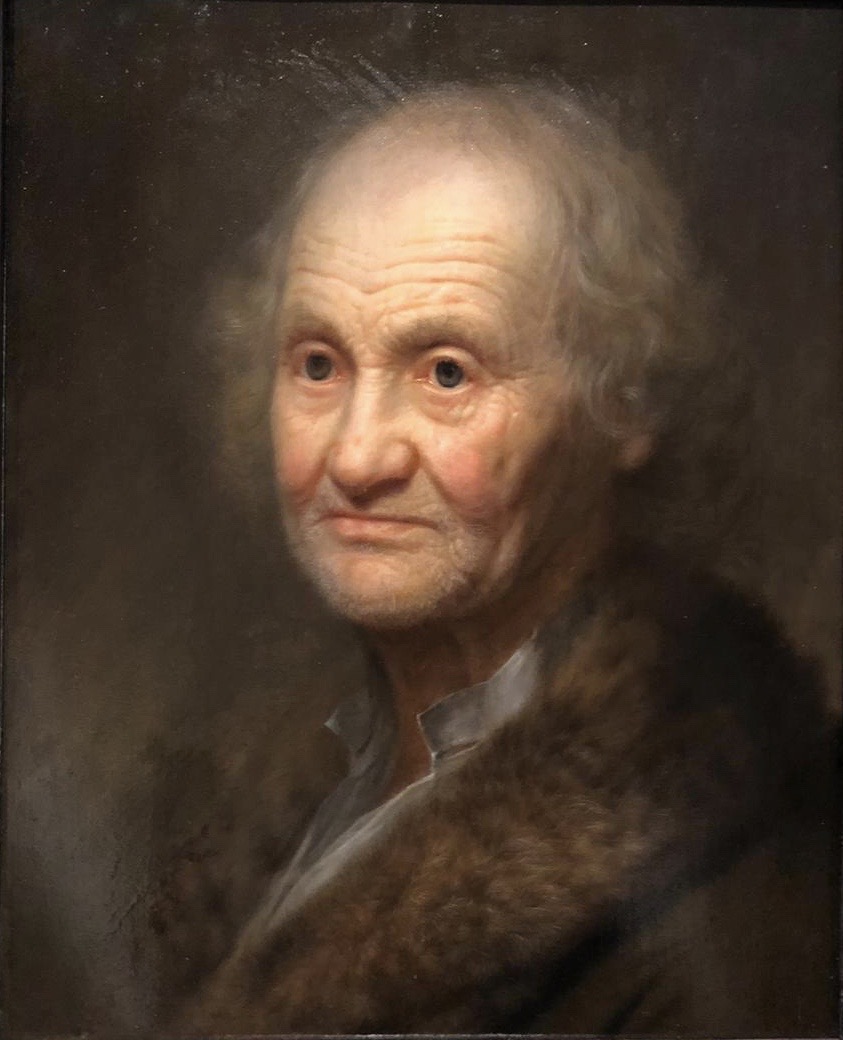
Sober and refined artist Balthasar Denner used to depict his characters on dark backgrounds, offering a meticulous rendering of skin, hair, wrinkles around the eyes and an almost invisible white beard on men’s chin; characteristics that gave his portraits an impressive, almost palpable presence. In his works he sometimes represented “tronie”, that is to say, a genre of Dutch painting from the Golden Age and Flemish painting, which represented anonymous figures through which painters experimented with both facial expressions and illumination. In contrast to portraits, the tronie do not refer to any specific person but tend to represent generic faces (the term from which the word derives). In the specific case of Balthasar Denner, elderly men and women were presented, often commissioned by wealthy patrons who displayed them in their palaces. There is currently an esteemed contemporary painter, Charles Miano, founder of the Southern Atelier in Sarasota, FL, who periodically offers specially designed oil seminars on the figure of tronie, the last of which in January of this year.
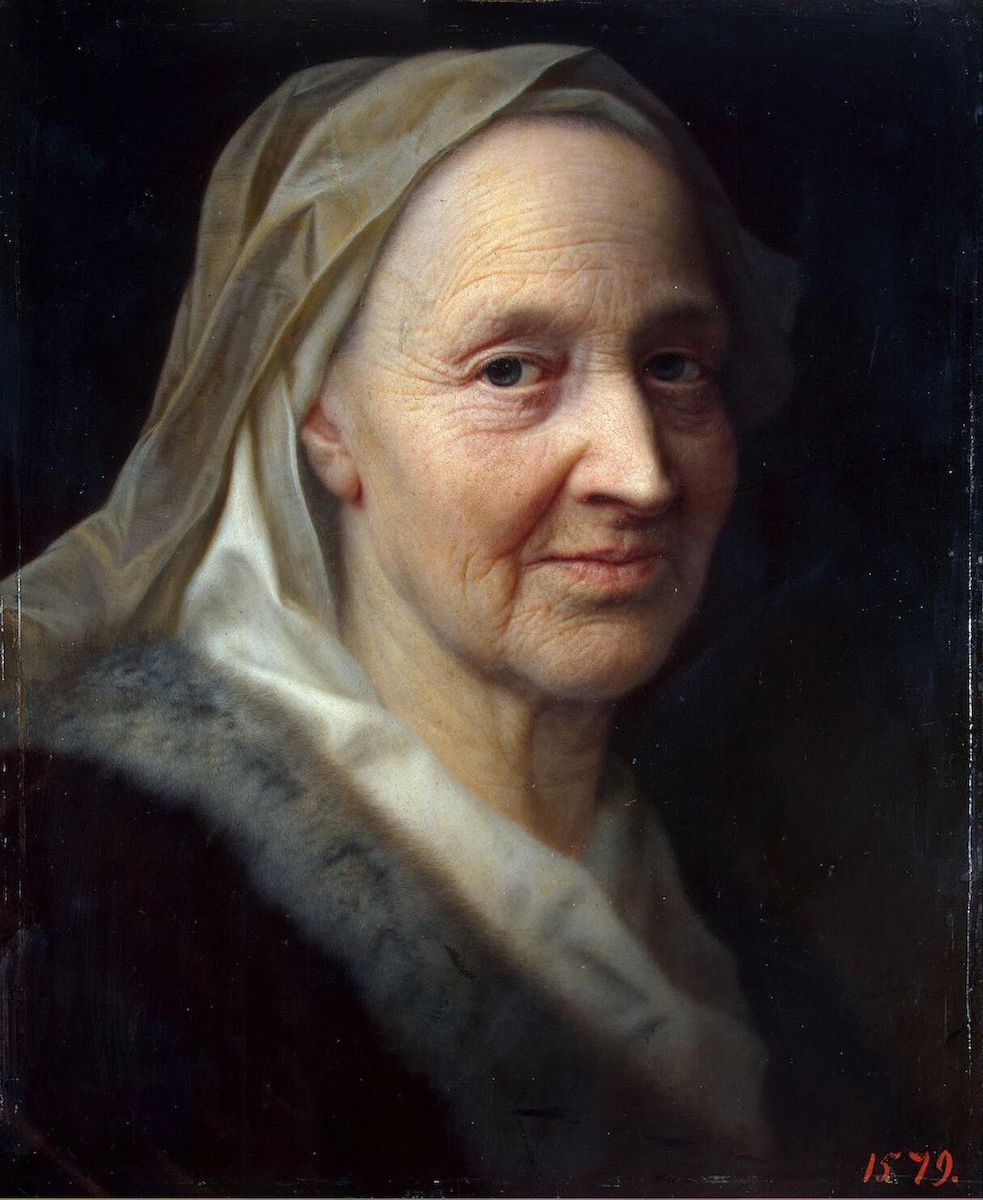
.
